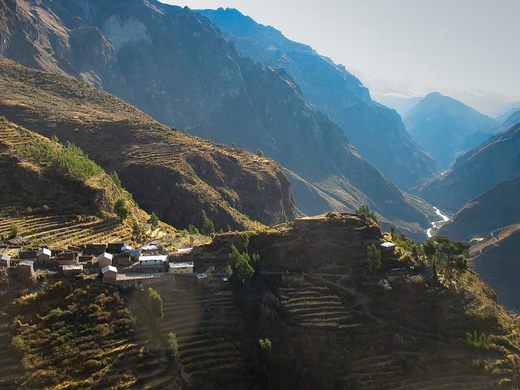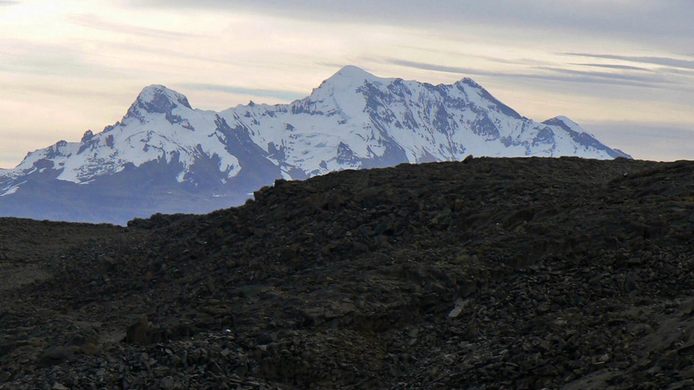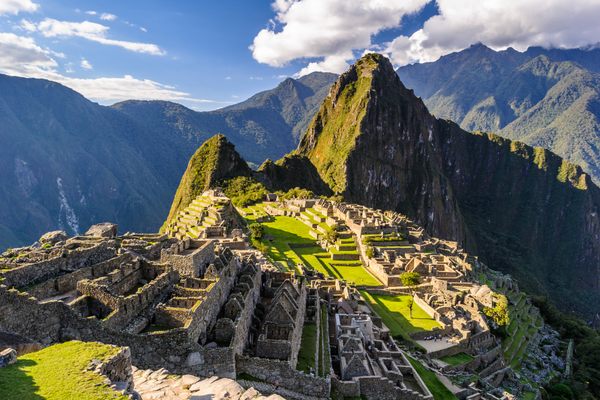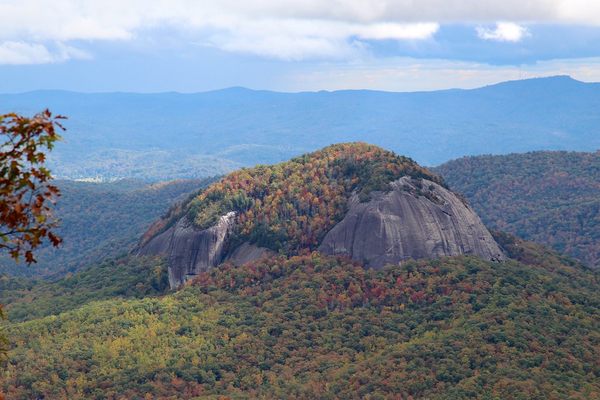Cotahuasi Canyon
With nearly double the depth of the Grand Canyon, this Peruvian canyon is one of the deepest in the world.
Measuring approximately 11,595 feet at its deepest point, Cotahuasi Canyon is one of the deepest canyons in the world—more than twice as deep as the Grand Canyon. It’s an impressive thing to imagine and even more spectacular to behold.
Cut by the Cotahuasi River, the canyon forms a fantastic landscape of traditional Andean farms and terraced fields, steep canyon walls and plunging gullies, and occasional pre-Inca and Inca ruins.
The immense chasm is located in southern Peru, about 123 miles northwest of Arequipa. Its deepest point runs near the village of Quechualla, a six or seven-hour trek down the canyon from the town of Cotahuasi. Near the latter town, the canyon runs closest to its nearest high point: the extinct volcanic massif of Nevado Solimana, which has a peak that stretches 19,990 feet above sea level.
The canyon is protected by the Reserva Paisajistica Subcuenca del Cotahuasi (Cotahuasi Sub-basin Landscape Reserve), which covers about 1,212,175 acres, an area just slightly smaller than the Grand Canyon National Park.
As well as protecting the local flora and fauna, including the magnificent Andean condors, the reserve helps maintain a traditional way of life. The often centuries-old agricultural practices of the local farmers include the cultivation of crops such as kiwicha, quinoa, tarwi, chulpe maize, muña, and a variety of other beans (the kind of things that stores in more developed countries package and sell as “superfoods”).
You’ll also see farmers leading packs of llamas and herds of sheep, and if you find yourself wondering why some of these farmers have one strangely bulging cheek, it’s because of the locally grown coca leaves they chew to give themselves more energy in the rugged environment.
Despite being a prime location for trekking, climbing, and kayaking (class IV and V), Cotahuasi Canyon receives far fewer visitors than its more famous neighbor, Colca Canyon, which is some 60 miles to the southeast. Colca, being closer to Arequipa and more accessible, is one of the region’s main tourist destinations. Cotahuasi, however, is the deeper of the two by a few hundred feet, providing bragging rights to anyone adventurous enough to walk its rim or plunge its depths.
Know Before You Go
You don’t need a permit to enter the reserve, but you’ll probably need some solid planning. The town of Cotahuasi has a range of simple lodgings and restaurants. Otherwise, you can camp almost anywhere, including in tiny villages and private fields, just ask for permission before pitching your tent.


















Follow us on Twitter to get the latest on the world's hidden wonders.
Like us on Facebook to get the latest on the world's hidden wonders.
Follow us on Twitter Like us on Facebook